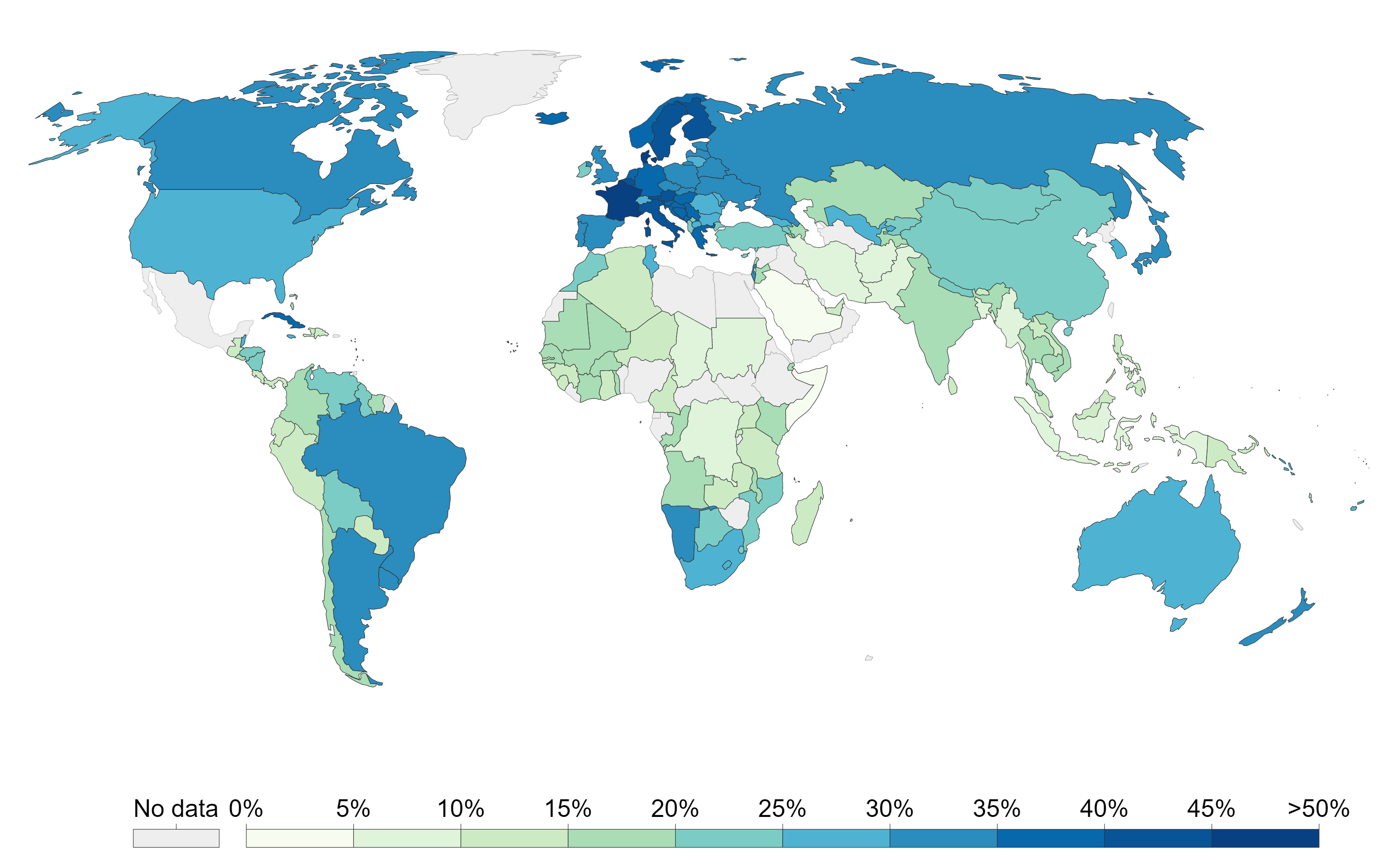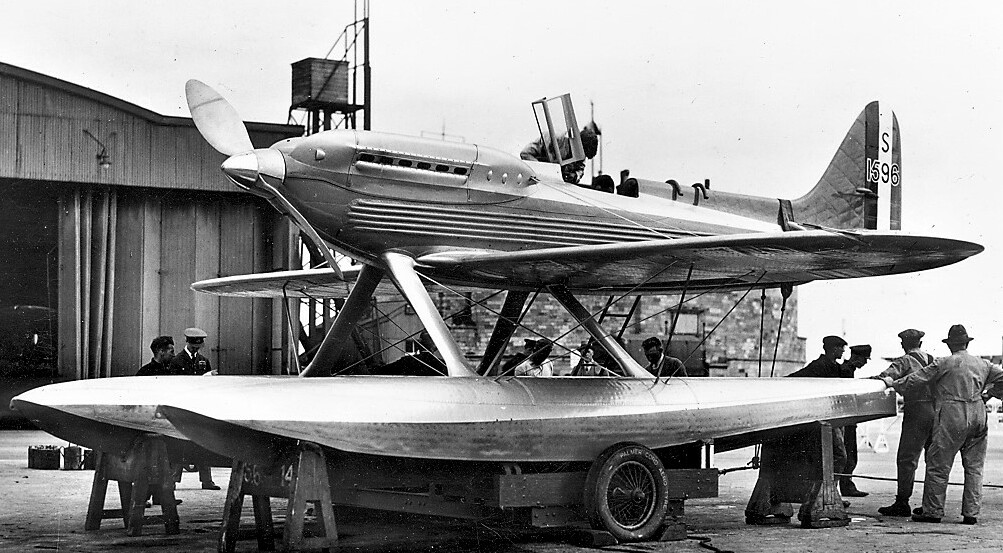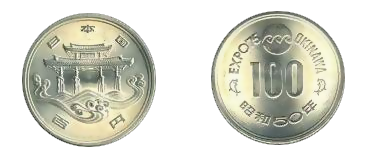|
Nago, Okinawa
''Nagu'', Kunigami: ''Naguu'' is a city located in the northern part of Okinawa Island, Okinawa Prefecture, Japan. As of December 2012, the city has an estimated population of 61,659 and a population density of 288 persons per km2. Its total area is 210.30 km2. History Nago Castle was built in the 14th century and served as the home of the Aji of Nago Magiri. Nago had always been one of the major settlements in Northern Okinawa, and a major port along with Unten. Nago Magiri became Nago town in 1907. Nago was upgraded to city status on August 1, 1970 with the merger of nine smaller towns and villages. Nago hosted Expo '75 in a park which utilized a monorail train to move tourists to each exhibit. Its most popular exhibit was the Japanese Floating City; similar to an oil rig, the city floated on large pontoons which allowed it to be moved. If the city was threatened with a typhoon, it would move close to shore, fill the pontoons with sea water and sit on the ocean floo ... [...More Info...] [...Related Items...] OR: [Wikipedia] [Google] [Baidu] |
Cities Of Japan
A is a local administrative unit in Japan. Cities are ranked on the same level as and , with the difference that they are not a component of . Like other contemporary administrative units, they are defined by the Local Autonomy Law of 1947. City status Article 8 of the Local Autonomy Law sets the following conditions for a municipality to be designated as a city: *Population must generally be 50,000 or greater (原則として人口5万人以上) *At least 60% of households must be established in a central urban area (中心市街地の戸数が全戸数の6割以上) *At least 60% of households must be employed in commerce, industry or other urban occupations (商工業等の都市的業態に従事する世帯人口が全人口の6割以上) *Any other conditions set by prefectural ordinance must be satisfied (他に当該都道府県の条例で定める要件を満たしていること) The designation is approved by the prefectural governor and the Minister for Internal ... [...More Info...] [...Related Items...] OR: [Wikipedia] [Google] [Baidu] |
Population
Population typically refers to the number of people in a single area, whether it be a city or town, region, country, continent, or the world. Governments typically quantify the size of the resident population within their jurisdiction using a census, a process of collecting, analysing, compiling, and publishing data regarding a population. Perspectives of various disciplines Social sciences In sociology and population geography, population refers to a group of human beings with some predefined criterion in common, such as location, race, ethnicity, nationality, or religion. Demography is a social science which entails the statistical study of populations. Ecology In ecology, a population is a group of organisms of the same species who inhabit the same particular geographical area and are capable of interbreeding. The area of a sexual population is the area where inter-breeding is possible between any pair within the area and more probable than cross-breeding with in ... [...More Info...] [...Related Items...] OR: [Wikipedia] [Google] [Baidu] |
Camp Schwab
Camp Schwab is a United States Marine Corps camp located in northeastern Okinawa Prefecture, Japan, that is currently home to the 4th Marine Regiment and other elements of the 28,000 American servicemen based on the island. The Camp was dedicated in 1959 in honor of Medal of Honor recipient Albert E. Schwab who was killed in action during the Battle of Okinawa. Camp Schwab primarily located in the city of Nago (99%); a small part of the base is located in the village of Ginoza (1%). The unit conducts live-fire training and coordination with other units. Base overview * Location: Nago (Toyohara, Henoko , Kushi, Kyoda, Sukuta, Yofuke), Ginoza Village (Matsuda) * Area: 20,626 thousand m2 * Area ratio by municipality: Nago City 99% (about 20.43km 2 ), Ginoza Village 1% (about 0.2km 2 ) * Management Unit: U.S. Marine Corps Base Command in Okinawa * Number of landowners: 752 * Annual rent: 2,639 million yen (FY2012 results) * Number of stationed Marine employees: 242 Adjacent t ... [...More Info...] [...Related Items...] OR: [Wikipedia] [Google] [Baidu] |
Dublin
Dublin (; , or ) is the capital and largest city of Republic of Ireland, Ireland. On a bay at the mouth of the River Liffey, it is in the Provinces of Ireland, province of Leinster, bordered on the south by the Dublin Mountains, a part of the Wicklow Mountains range. At the 2016 census of Ireland, 2016 census it had a population of 1,173,179, while the preliminary results of the 2022 census of Ireland, 2022 census recorded that County Dublin as a whole had a population of 1,450,701, and that the population of the Greater Dublin Area was over 2 million, or roughly 40% of the Republic of Ireland's total population. A settlement was established in the area by the Gaels during or before the 7th century, followed by the Vikings. As the Kings of Dublin, Kingdom of Dublin grew, it became Ireland's principal settlement by the 12th century Anglo-Norman invasion of Ireland. The city expanded rapidly from the 17th century and was briefly the second largest in the British Empire and sixt ... [...More Info...] [...Related Items...] OR: [Wikipedia] [Google] [Baidu] |
Tax Haven
A tax is a compulsory financial charge or some other type of levy imposed on a taxpayer (an individual or legal entity) by a governmental organization in order to fund government spending and various public expenditures (regional, local, or national), and tax compliance refers to policy actions and individual behaviour aimed at ensuring that taxpayers are paying the right amount of tax at the right time and securing the correct tax allowances and tax reliefs. The first known taxation took place in Ancient Egypt around 3000–2800 BC. A failure to pay in a timely manner ( non-compliance), along with evasion of or resistance to taxation, is punishable by law. Taxes consist of direct or indirect taxes and may be paid in money or as its labor equivalent. Most countries have a tax system in place, in order to pay for public, common societal, or agreed national needs and for the functions of government. Some levy a flat percentage rate of taxation on personal annual income, but mo ... [...More Info...] [...Related Items...] OR: [Wikipedia] [Google] [Baidu] |
26th G8 Summit
The 26th G8 summit was held in Nago, Okinawa Prefecture, Japan, on July 21–23, 2000. Overview The Group of Seven ( G7) was an unofficial forum which brought together the heads of the richest industrialized countries: France, Germany, Italy, Japan, the United Kingdom, the United States and Canada starting in 1976. The G8, meeting for the first time in 1997, was formed with the addition of Russia.Saunders, Doug "Weight of the world too heavy for G8 shoulders," ''Globe and Mail'' (Toronto). July 5, 2008. In addition, the President of the European Commission has been formally included in summits since 1981.Reuters "Factbox: The Group of Eight: what is it?" July 3, 2008. The summits were not meant to be linked formally with wider international institutions; and in fact, a mild rebellion against the stiff formality of other international meetings was a part of the genesis of cooperation between France's President Giscard d'Estaing and West Germany's Chancellor Helmut Schmidt as they ... [...More Info...] [...Related Items...] OR: [Wikipedia] [Google] [Baidu] |
Self Sufficient
Self-sustainability and self-sufficiency are overlapping states of being in which a person or organization needs little or no help from, or interaction with, others. Self-sufficiency entails the self being enough (to fulfill needs), and a self-sustaining entity can maintain self-sufficiency indefinitely. These states represent types of personal or collective autonomy. A self-sufficient economy is one that requires little or no trade with the outside world and is called an autarky. Description Self-sustainability is a type of sustainable living in which nothing is consumed other than what is produced by the self-sufficient individuals. Examples of attempts at self-sufficiency in North America include simple living, food storage, homesteading, off-the-grid, survivalism, DIY ethic, and the back-to-the-land movement. Practices that enable or aid self-sustainability include autonomous building, permaculture, sustainable agriculture, and renewable energy. The term is also applied to ... [...More Info...] [...Related Items...] OR: [Wikipedia] [Google] [Baidu] |
Float (nautical)
Floats (also called pontoons) are airtight hollow structures, similar to pressure vessels, designed to provide buoyancy in water. Their principal applications are in watercraft hulls, aircraft floats, floating pier, pontoon rhinos, pontoon causeways, and marine engineering applications such as salvage. During World War II the United States Navy Civil Engineer Corps developed a modular steel box (pontoon) for the Seabees to use. It was an industrial sized Lego system of pre-drilled pre-cut angle iron and steel plate that could be assembled anywhere for which they became famous. They used them to facilitate amphibious landings. With the pontoons Seabees assembled docks, causeways, and rhinos to whatever size needed. They allowed landings on Sicily where no one thought possible. They ferried Patton across the Rhine and put the Marines ashore on Okinawa. They would be used during the Korean War in the landing at Inchon in 1950 and again in Lebanon during the 1958 Leban ... [...More Info...] [...Related Items...] OR: [Wikipedia] [Google] [Baidu] |
Oil Platform
An oil platform (or oil rig, offshore platform, oil production platform, and similar terms) is a large structure with facilities to extract and process petroleum and natural gas that lie in rock formations beneath the seabed. Many oil platforms will also have facilities to accommodate the workers, although it is also common to have a separate accommodation platform bridge linked to the production platform. Most commonly, oil platforms engage in activities on the continental shelf, though they can also be used in lakes, inshore waters, and inland seas. Depending on the circumstances, the platform may be fixed Platform, fixed to the ocean floor, consist of an artificial island, or floating oil production system, float. In some arrangements the main facility may have storage facilities for the processed oil. Remote subsea wells may also be connected to a platform by flow lines and by umbilical cable, umbilical connections. These sub-sea facilities may include of one or more subsea ... [...More Info...] [...Related Items...] OR: [Wikipedia] [Google] [Baidu] |
Monorail
A monorail (from "mono", meaning "one", and "rail") is a railway in which the track consists of a single rail or a beam. Colloquially, the term "monorail" is often used to describe any form of elevated rail or people mover. More accurately, the term refers to the style of track.The term "track" is used here for simplicity. Technically the monorail sits on or is suspended from a guideway containing a singular structure. There is an additional generally accepted rule that the support for the car be narrower than the car. Etymology The term possibly comes from 1897, from German engineer Eugen Langen, who called an elevated railway system with wagons suspended the '' Eugen Langen One-railed Suspension Tramway'' (Einschieniges Hängebahnsystem Eugen Langen). Differentiation from other transport systems Monorails have found applications in airport transfer and medium capacity metros. To differentiate monorails from other transport modes, the Monorail Society defines a monorail ... [...More Info...] [...Related Items...] OR: [Wikipedia] [Google] [Baidu] |
Expo '75
Expo '75 ( ) was a World's Fair held on the island of Okinawa in Japan from July 20, 1975 to January 18, 1976. History Expo 75 was conceived, in part, to commemorate the American handover of Okinawa to Japan in 1972. The theme of the exposition was the oceans, and focused on oceanographic technologies, marine life, and oceanic cultures. The motto was “The sea we would like to see" (海-その望ましい未来, ''Umi - sono nozomashii mirai''). The event was located on the western end of the Motobu Peninsula, with a site area of 1,000,000 square metres (including sea areas). Thirty-seven nations participated, along with eight domestic and three international organizations. The keynote speaker on opening day was American author James A. Michener. The exposition is the given reason for the construction of the Nakagusuku Hotel. Expo 75 site The site was divided into four “Clusters” in which there were pavilions and exhibits: Fish Cluster * Iran Pavilion * Sumit ... [...More Info...] [...Related Items...] OR: [Wikipedia] [Google] [Baidu] |
Magiri
The administrative divisions of the Ryukyu Kingdom were a hierarchy composed of districts, ''magiri'', cities, villages, and islands established by the Ryukyu Kingdom throughout the Ryukyu Islands. Divisions There were three or ''hō'': , , and , which roughly correspond to the borders of the three Okinawan kingdoms during the Sanzan period. There were 57 throughout the kingdom including the Amami Islands. In concept they were similar to present-day Japanese prefectures, but in size they were closer to Japanese cities, towns and villages. There were four cities: , , , and . They were comparable to Japanese urban prefectures. There were over 600 throughout the kingdom including the Amami Islands. There were approximately 24 or "outlying islands", but only including islands that weren't already part of a ''magiri''. History The three districts are based on the three kingdoms of Hokuzan, Chūzan, and Nanzan. The origin of the ''magiri'' system is unclear, but was solidified by ... [...More Info...] [...Related Items...] OR: [Wikipedia] [Google] [Baidu] |






.jpg)

